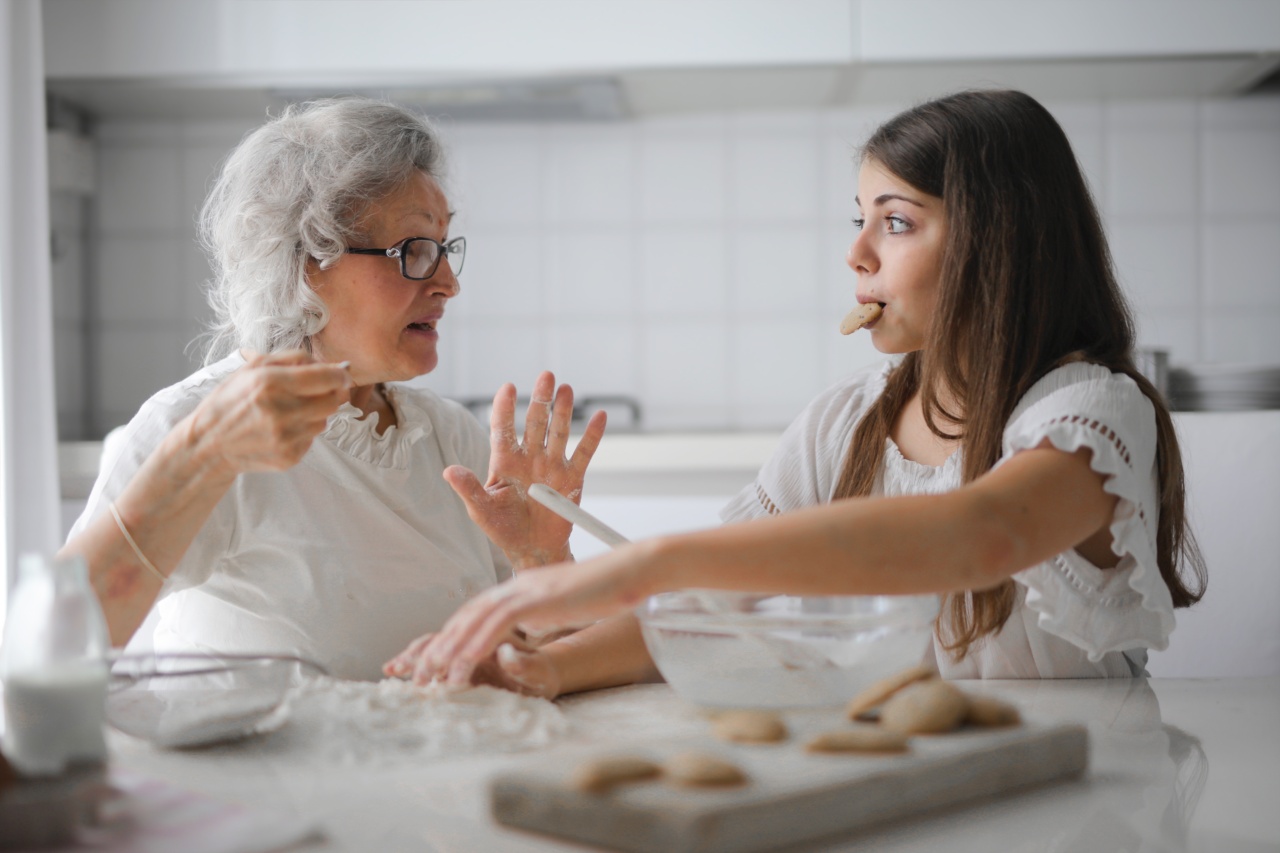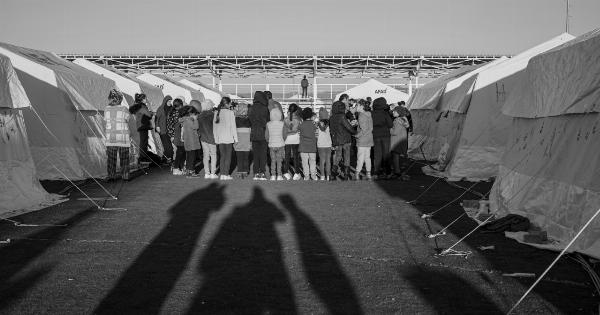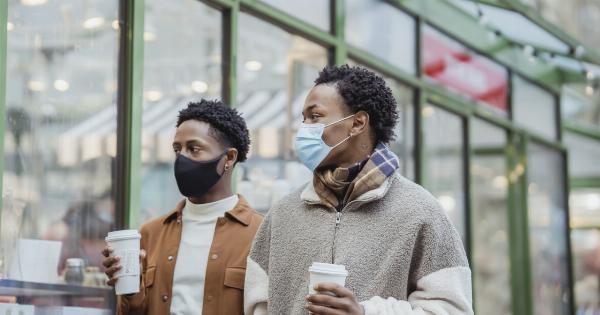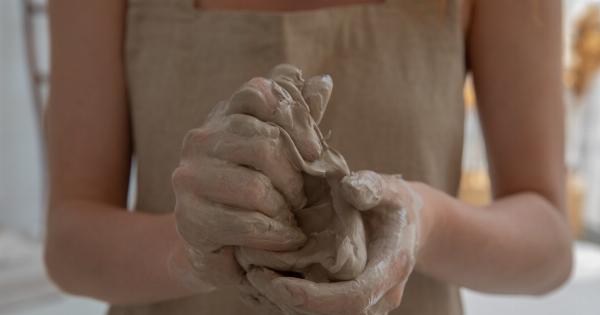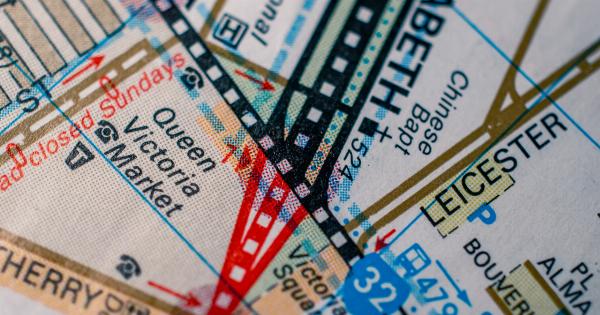Accidents can happen at any time, and one of the most common incidents among children is poisoning. This can happen in many forms, such as ingestion, contact with the skin, or inhalation.
As parents or caregivers, it is important to recognize the signs of poisoning and act quickly to provide proper treatment.
Symptoms of Poisoning
The symptoms of poisoning can vary, depending on the type and amount of the toxin absorbed by the child’s system. However, here are some common signs to look out for:.
- Nausea and vomiting
- Stomach pain and cramps
- Diarrhea
- Skin rash or irritation
- Fever and chills
- Dizziness and headache
- Difficulty breathing or shortness of breath
- Convulsions or seizures
Common Household Poisons
Some of the most common household items that can cause poisoning are:.
- Cleaning products
- Medications
- Perfumes and cosmetics
- Fuels and solvents
- Insecticides and pesticides
- Plants and mushrooms
Preventing Poisoning
Prevention is the best way to avoid poisoning incidents. Here are some tips to secure your home:.
- Store all medications, household chemicals, and cleaning products out of reach of children.
- Secure cabinets that contain poisonous substances with childproof locks.
- Read labels carefully and follow directions on how to use and store them.
- Teach your children about the dangers of ingesting household items and the importance of asking an adult before touching or eating anything.
- Regularly inspect your home, check expiration dates, and dispose of items that are no longer needed or have expired.
What to Do When Poisoning Occurs
Despite all the precautions, accidents can still happen. If you suspect that a child has been poisoned, take these immediate actions:.
- Stay calm.
- Protect yourself by using gloves or washing your hands thoroughly after handling a toxin.
- Call the emergency services or your local poison control center.
- Provide the child’s age, weight, and the substance they ingested or came into contact with.
- Follow the instructions given by the emergency services or poison control center strictly.
- Do not give the child anything to eat or drink unless instructed to do so by medical professionals.
- If the child is unconscious, place them in the recovery position and closely monitor their breathing.
Treatment for Poisoning
Treatment will depend on the type of substance and the severity of the symptoms. However, here are some standard procedures for poisoning treatment:.
- Inducing vomiting or administering activated charcoal to absorb the toxins from the stomach.
- Administering antidotes or neutralizing agents specific to the type of poison.
- Providing intravenous fluids and supportive care to manage symptoms and complications.
- Monitoring the child closely to ensure no long-term damage from the poisoning.
Conclusion
As parents or caregivers, it is essential to take all precautions possible to prevent poisoning in children. However, accidents may still occur, and it is crucial to stay informed and act quickly in the event that occurs.
Knowing how to recognize the symptoms and provide the appropriate treatment can make all the difference in ensuring your child’s well-being and health.
